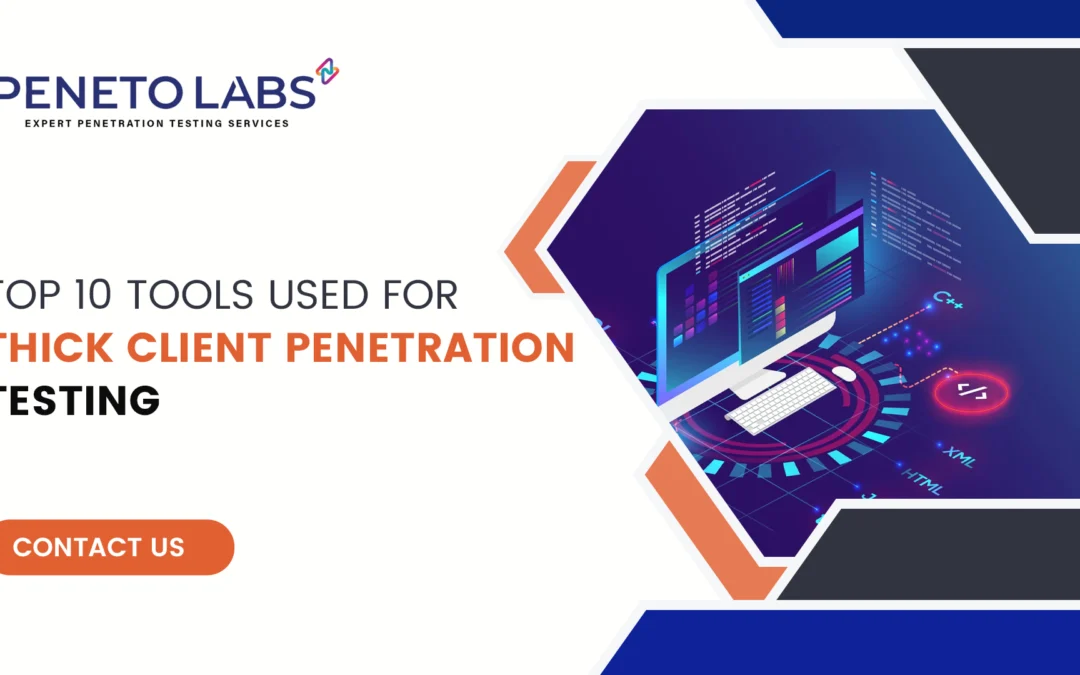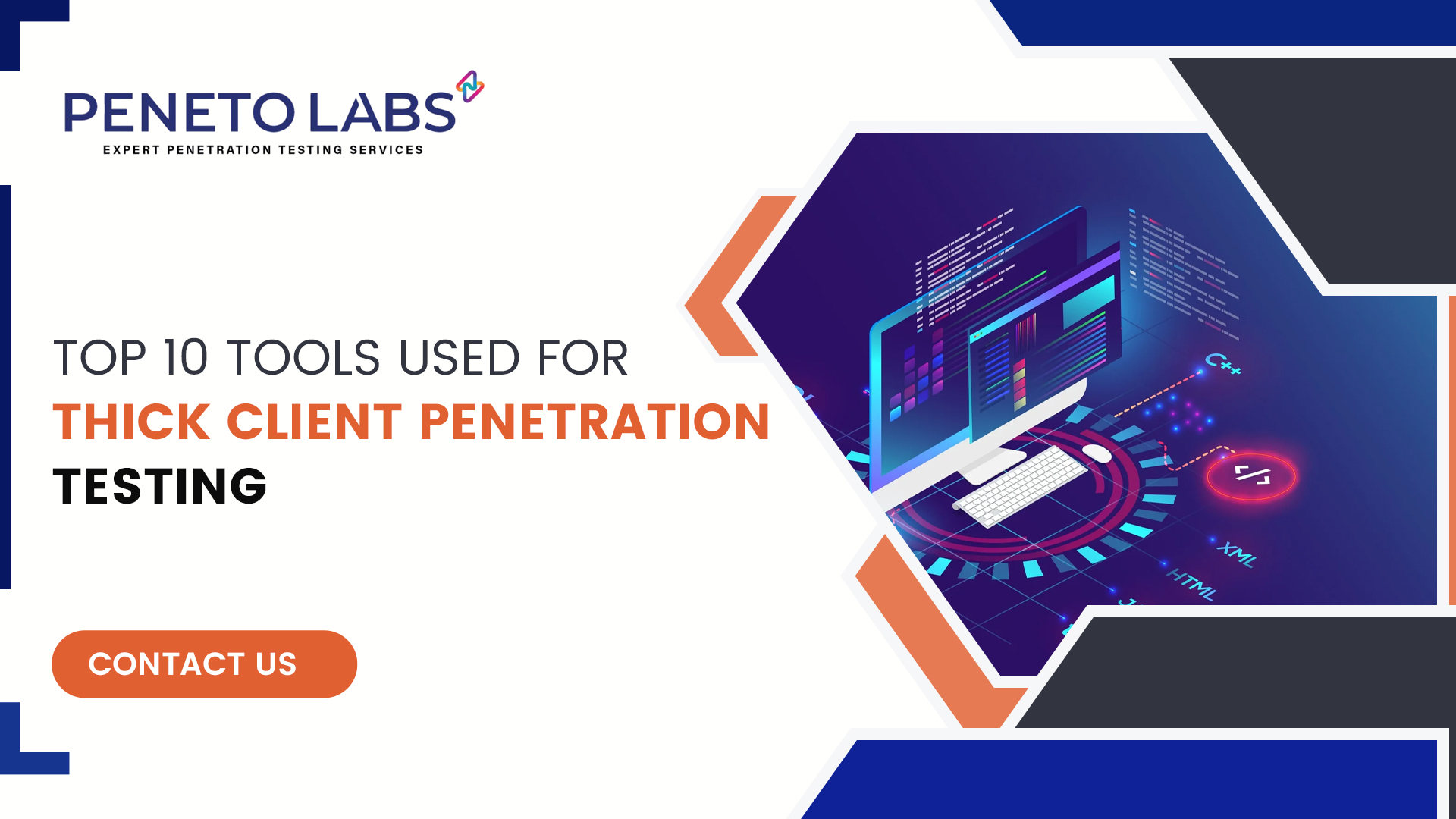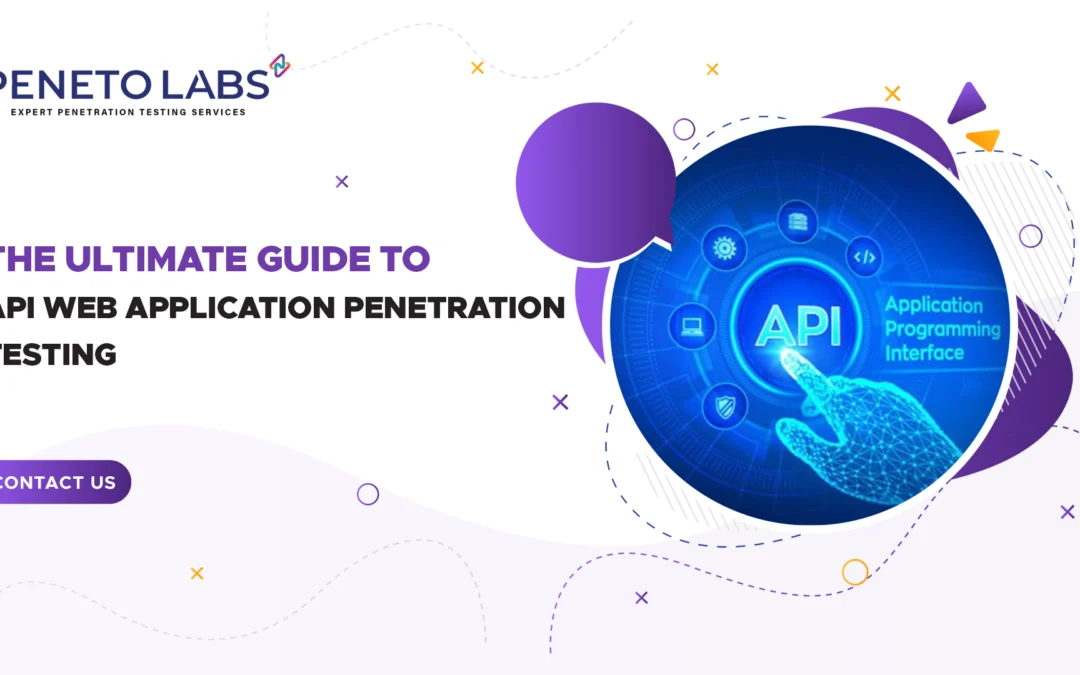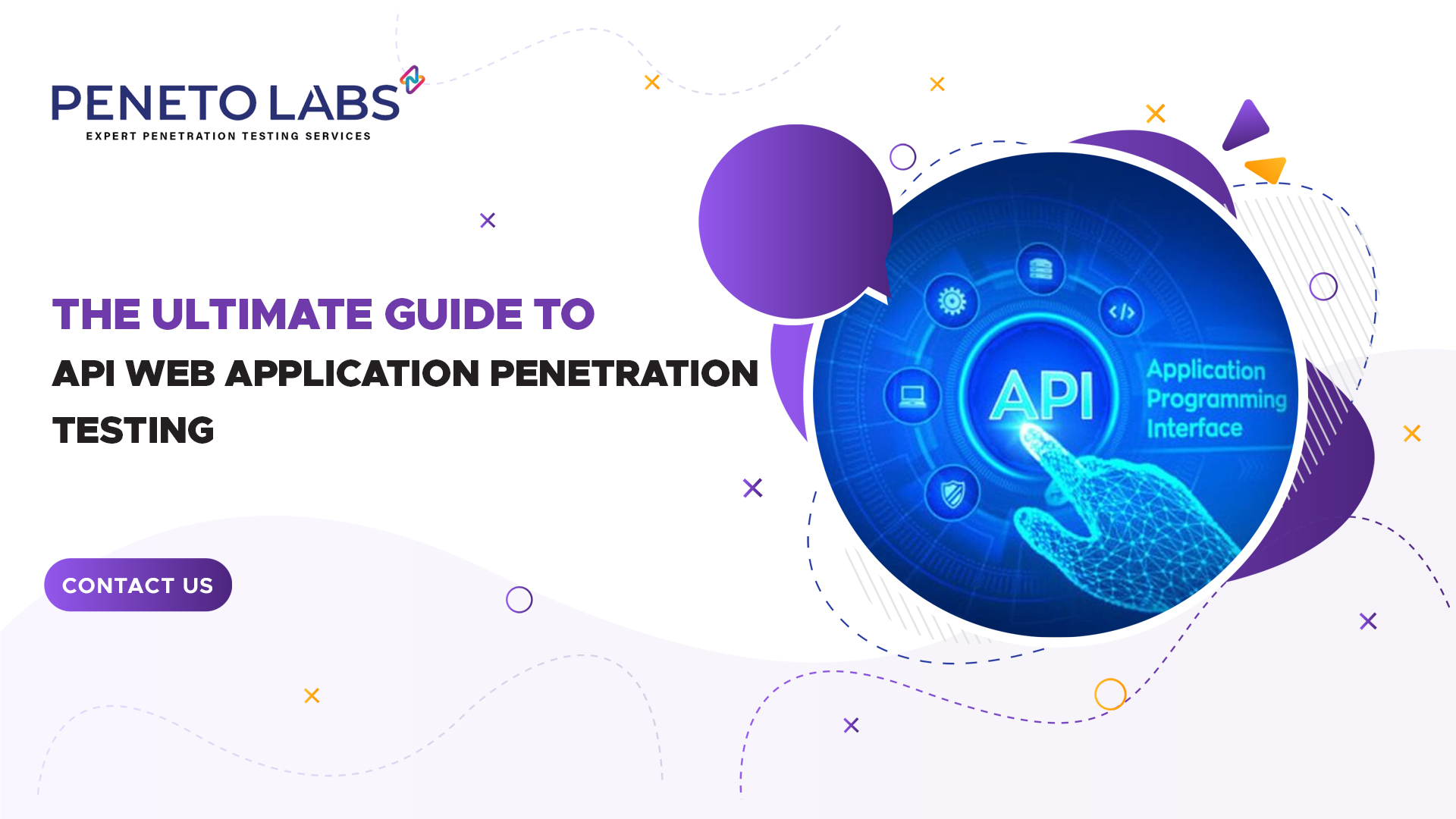
Cloud Penetration Testing: Safeguarding Your Cloud Environment
by Pradeep R | Jan 13, 2025 | Penetration Testing
Cloud Penetration Testing: Safeguarding Your Cloud Environment

In today’s digital-first world, due to the flexibility and efficiency of cloud computing, businesses heavily rely on cloud environments to manage, store, and process their critical data. From Amazon Web Services (AWS), Microsoft Azure to Google Cloud Platform (GCP), cloud platforms have become integral to operations across industries and businesses worldwide are leveraging these platforms to streamline operations, improve scalability, and reduce costs.
However, this shift to the cloud also introduces a new set of security challenges. Cyberattacks targeting cloud environments are on the rise, with common vulnerabilities such as misconfigurations, insecure APIs, and insider threats becoming significant concerns.
This is where cloud penetration testing proves indispensable. By mimicking real-world cyberattacks, this process uncovers vulnerabilities, ensures compliance, and fortifies the security position of an organization’s cloud infrastructure.
In this blog, we’ll understand in depth the concept, benefits, tools, and techniques of cloud penetration testing. By the end, you’ll have a thorough understanding of how Cloud Penetration testing can help safeguard your cloud environment.
What is Cloud Penetration Testing?
Cloud Penetration Testing is a systematic, controlled approach to identifying vulnerabilities in a cloud environment by simulating real-world cyberattacks. The primary goal is to uncover security flaws, misconfigurations, or weaknesses that malicious actors might exploit. Unlike traditional penetration testing, which focuses on on-premise systems, CPT evaluates cloud-native architectures, configurations, and applications.
Key Aspects of Cloud Penetration Testing
- It focuses on assets hosted in cloud environments, such as virtual machines, storage buckets, APIs, and web applications
- Unlike traditional penetration testing, it requires a deep understanding of cloud provider architectures like AWS EC2, Google Cloud Platform (GCP), and Azure Virtual Machines.
- It addresses cloud-specific threats such as misconfigurations, weak access controls, and insecure APIs.
Key Differences Between Cloud and Traditional Penetration Testing
Focus on Cloud Infrastructure: Traditional testing typically assesses physical infrastructure and internal networks, whereas CPT focuses on resources like virtual machines, cloud storage, APIs, and serverless functions unique to the cloud ecosystem.
Cloud Provider Guidelines: Cloud providers such as AWS, Azure, and GCP have strict policies governing penetration testing. Conducting CPT without adhering to these policies can lead to service disruptions or even legal consequences.
Shared Responsibility Model: In cloud computing, security is a shared responsibility between the cloud provider and the customer. While providers secure their infrastructure, customers are responsible for securing applications, configurations, and data. CPT primarily focuses on the customer’s share of responsibilities.

Why Peneto Labs is the Best Choice for Cloud Penteration Testing?
- Peneto Labs is empanelled by CERT-In, our audit certifications come with the highest level of credibility.
- With certifications like OSCP, OSCE, GWAPT, GXPN, and CRT, Peneto Labs consultants bring world-class expertise to every assessment.
- Our assessments follow Proven Methodologies like OWASP, NIST, PTES, and MITRE, for high-quality results.
- Our assessments mimic Real-World Hacker Techniques, providing deeper insights into your organization's vulnerabilities
- Remediation-Focused Reports with clear, actionable insights that help you remediate issues.
- Trusted by brands like Aditiya Brila, Axis Finance, Federal Bank, GEOJIT, LYCA, etc.

Types of Cloud Services Requiring Penetration Testing
- 1. Infrastructure as a Service (IaaS): IaaS services include virtual machines, storage, and networking components. Penetration testing ensures these components are configured securely and are not vulnerable to attacks.
- 2. Platform as a Service (PaaS): PaaS environments offer development platforms and APIs. CPT focuses on evaluating the security of these APIs, ensuring that developers are working in a secure environment.
- 3. Software as a Service (SaaS): SaaS solutions host applications on the cloud, making them accessible via web browsers. Penetration testing examines the application’s security, focusing on vulnerabilities like insecure authentication mechanisms or data leaks.
Why is Cloud Penetration Testing important?
1. Addressing Security Risks
- Misconfigurations: A common example is publicly exposed storage buckets or overly permissive access controls, which can lead to unauthorized data access.
- Insecure APIs: APIs that manage cloud resources can be exploited if not secured properly.
- Shared Responsibility Misunderstandings: Many organizations fail to secure the components they are responsible for, assuming the cloud provider handles everything.
- Insider Threats: Employees with excessive privileges may misuse their access, either intentionally or accidentally.
2. Benefits of CPT
- Early Vulnerability Detection: CPT identifies weaknesses before attackers can exploit them, allowing organizations to address issues proactively.
- Regulatory Compliance: Industries bound by regulations like PCI DSS, GDPR, or HIPAA can demonstrate compliance through regular penetration testing.
- Building Trust: A secure cloud environment reassures customers, partners, and stakeholders about the organization’s commitment to cybersecurity.
- Cost Savings: Identifying vulnerabilities early reduces the risk of costly breaches, fines, and reputational damage.
Key Areas of Focus in Cloud Penetration Testing
1. Configuration Vulnerabilities
- Examining cloud storage configurations (e.g., Amazon S3 buckets).
- Analyzing virtual private cloud (VPC) setups for overly permissive rules.
2. Access Control Weaknesses
- Role-based access control (RBAC).
- Multi-factor authentication (MFA) implementation.
3. API Vulnerabilities
- Authentication and authorization weaknesses.
- Improper error handling and data exposure.
4. Data Security
- Encryption protocols for data at rest and in transit.
- Key management practices.
5. Network Security
- Proper segmentation of cloud resources.
- Secure configurations for network access control lists (ACLs).
Popular Tools and Techniques for Cloud Penetration Testing (CPT)
1. ScoutSuite
2. Kali Linux
3. Metasploit Framework
4. AWS Prowler
5. Burp Suite
6. Nmap
Don’t Let Hackers Win—Secure Your App Now!
Get our exclusive Web Security Checklist, and take the first step toward a safer web application!

Techniques Used in Cloud Penetration Testing
1. Reconnaissance
2. Automated Scanning
3. Manual Testing
4. Post-Exploitation Analysis
Combining Tools and Techniques for Comprehensive Assessments
An effective CPT strategy requires a combination of these tools and techniques. Tools like ScoutSuite and AWS Prowler provide insights into the cloud’s configuration, while Metasploit and Burp Suite simulate real-world attacks. Techniques like reconnaissance and manual testing ensure a thorough examination of the cloud environment.
By leveraging these resources, penetration testers can identify vulnerabilities, validate the effectiveness of security controls, and provide actionable recommendations.
Challenges in Cloud Penetration Testing
As businesses increasingly migrate their operations to the cloud, Cloud Penetration Testing (CPT) has become a critical process for identifying vulnerabilities and ensuring security. However, CPT comes with its own set of challenges that testers must overcome to deliver meaningful insights. To navigate these hurdles effectively, understanding the challenges and following industry best practices are essential.
Unique Challenges of Cloud Penetration Testing
1. Legal and Compliance Barriers
2. Complex Architectures
3. Multi-Tenancy Risks
4. Evolving Technology
Best Practices for Cloud Penetration Testing
Understand the Shared Responsibility Model
Secure Permissions
Combine Manual and Automated Testing
Stay Updated on Emerging Threats
Collaborate with Experts
Emerging Trends in Cloud Penetration Testing (CPT)
As cloud computing continues to evolve, Cloud Penetration Testing (CPT) must adapt to address new challenges and technologies. Emerging trends in CPT reflect the growing complexity of cloud environments and the need for advanced security solutions.
AI-Driven Tools
Zero-Trust Security Models
Combine Manual and Automated Testing
Container Security
Serverless Architectures
Conclusion
In today’s cloud-first world, securing cloud environments is more critical than ever. Cloud Penetration Testing enables organizations to proactively identify vulnerabilities, meet compliance requirements, and protect their data. By partnering with experts like Pabetolabs, businesses can ensure their cloud systems are secure, resilient, and future-proof.
Don’t wait for a breach to act—take the first step toward stronger cloud security today. Contact Pabetolabs for expert penetration testing services.




